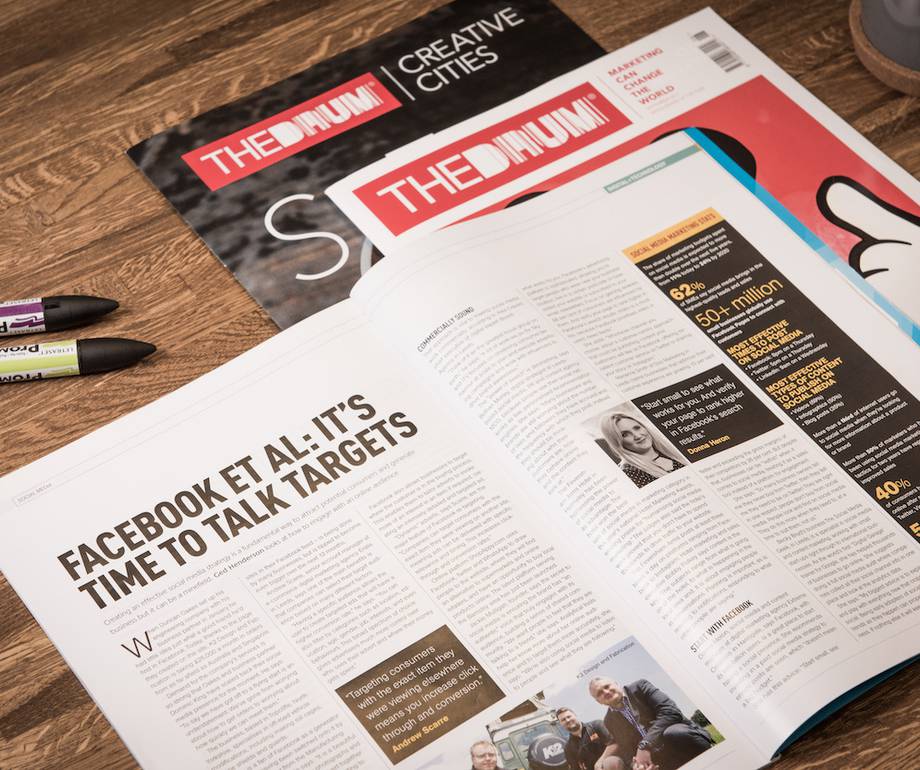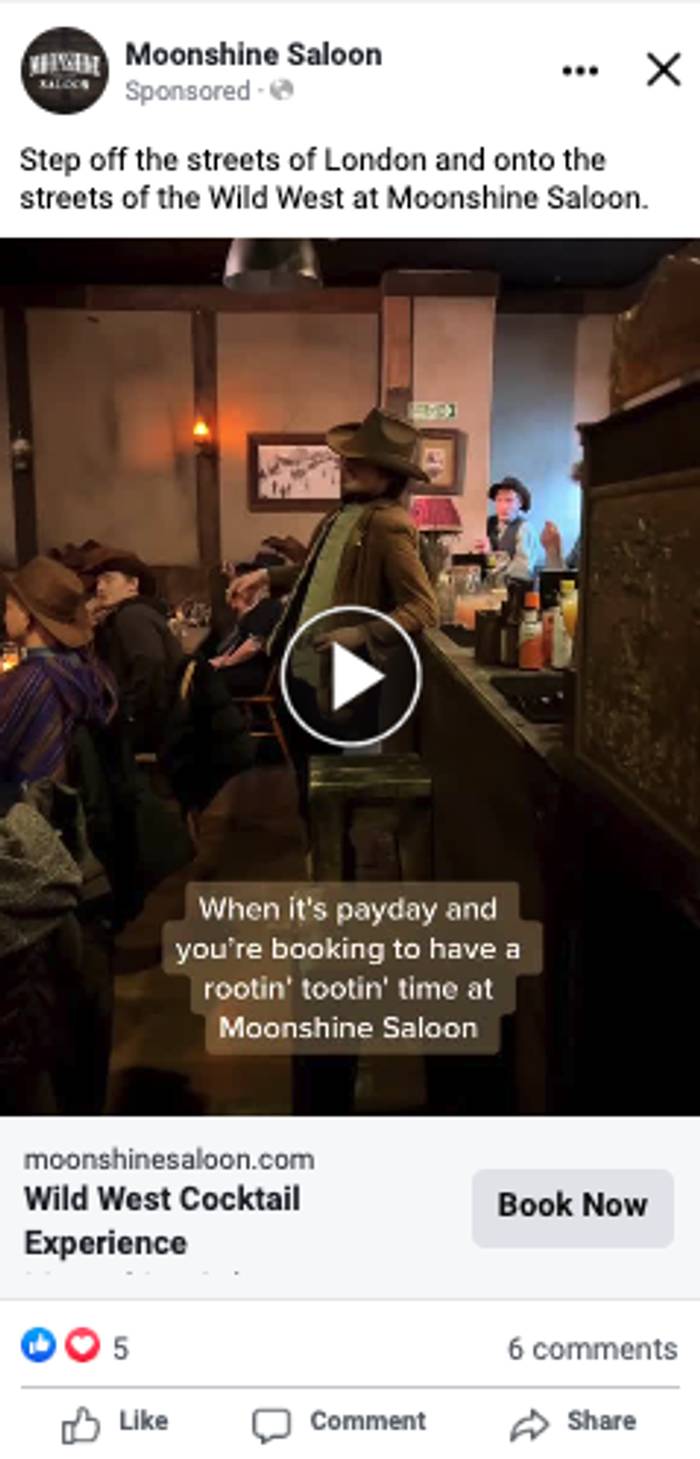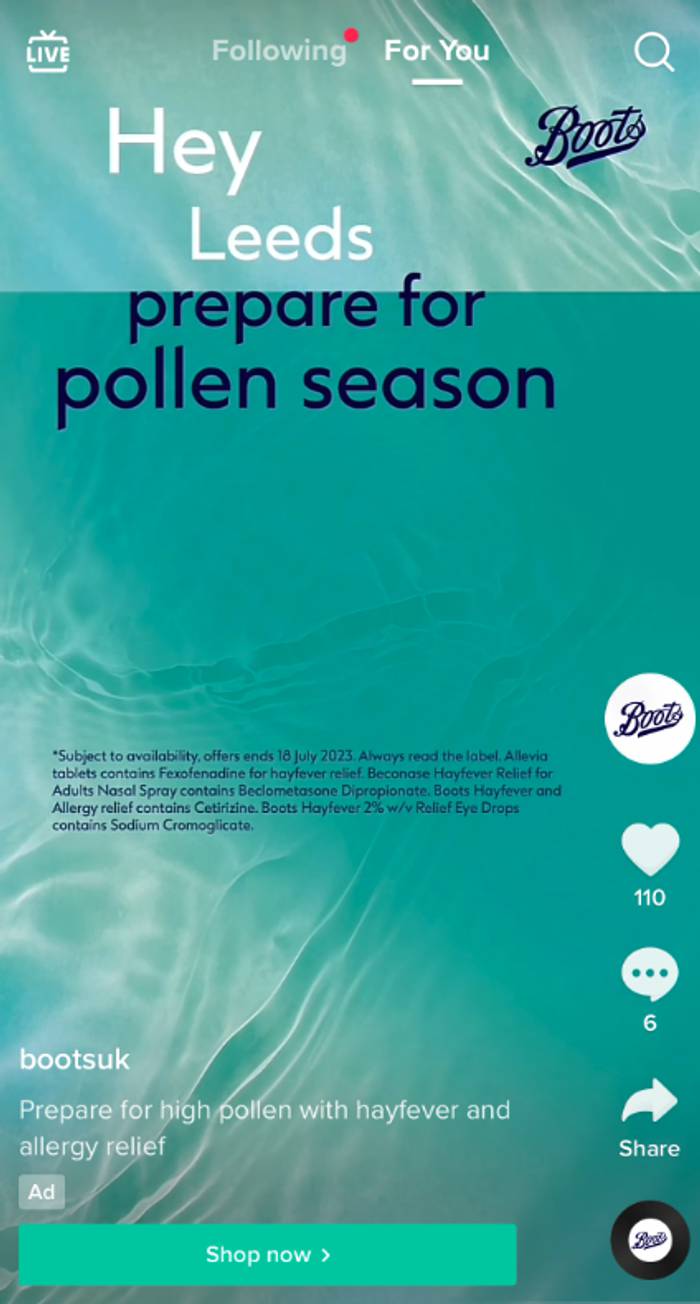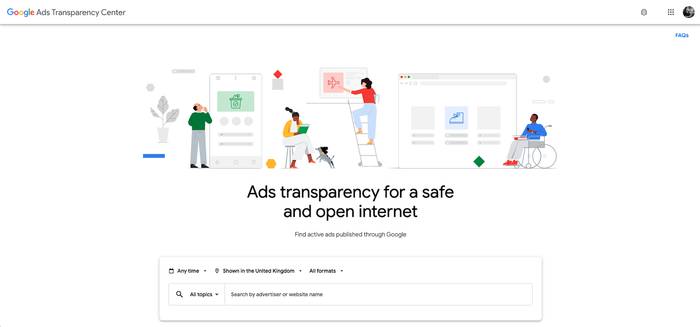Most of us know what well-executed paid media can contribute to marketing success — but there are things that can impact its performance.
While many of these things may be out of your hands, it doesn't mean you cannot adapt, revise and leverage them to make them work for you and your objectives.
6 common external factors that interfere with your paid media strategy performance
Proximity to payday, the weather, seasonality, the economy, your website and the activity of your competitors… your paid media performance is at the mercy of a number of factors. Some of them, although obvious, are easy to pivot towards and maximise — so don’t lose hope if things seems to be getting in your way.
Discover how to turn these on their head and benefit your strategy.
1. Payday — consumers may want to convert, but can’t (yet)
If your customers are seeing the ads but don’t have the money yet, then the awareness will be there but the conversions may not. Seems like an obvious one, but many customers will wait until they’ve been paid to make a purchase.
In fact, most customers are much more inclined to purchase around the 25th-28th of the month. It’s also important to remember that attribution windows are just seven days on some platforms — we provide a full breakdown on this in our blog about the 95-5 rule — so timing really can be everything.
By taking pay days into consideration, as well as your business’ own sales data, you’ll be able to plan key activations (such as new product launches) to maximise both sales and return on investment.
2. Weather — meteorological conditions precipitate certain consumer behaviours
Cows lie down when it’s about to rain, and cats can go crazy when they sense a thunderstorm. The weather can also affect the behaviour of your human customers — more specifically, their preferences and purchasing decisions.
As such, weather might be an interesting factor for digital advertisers to consider. For instance, during hot summer days, people might be more inclined to engage with ads related to outdoor activities, travel, or food and drink items for their ‘picky bits in the garden’.
Similarly, during rainy or snowy weather, individuals might seek indoor entertainment options or online shopping opportunities. Anecdotally, we know that wet Bank Holidays result in stronger sales for direct-to-consumer brands compared to sunny Bank Holidays, so it’s always worth keeping an eye on the forecast!
Naturally when it’s raining, shoppers are driven online or to out of town centres. Food sales also rise when the weather is wet as people seek comfort at home.
Similarly, keeping a bank of creatives that are relevant for every outcome is always useful. Then you’ll be suitably prepared when the British summer inevitably puts a dampener on those outdoor plans…
Some platforms even give you the option to adjust your bids or budgets according to the weather or temperature. For example, there is a Google Ads script which will increase or reduce your bids depending on such external factors. One programmatic advertising platform we love using for our campaigns, Stackadapt, takes this even further. It offers weather-based targeting, allowing you to automatically tailor your creatives based on weather conditions.
As well as temperature and precipitation, the pollen count is another factor to monitor. Our work with The Body Doctor included utilising the pollen count to help lead on when to promote their specialist eye care including drops, masks, wipes and more.
Paid media seasonality in practice
A great example of the quest for maximising seasonality is the travel sector. It’s imperative to track and lean into the patterns of travel spending and for this industry, Q4 is peak season.
Lots of us want something to look forward to when the classic long British winter kicks in, so this is no major surprise, but there are some important considerations; turning to sales in Q4 might be too late if competitors have been doing their due diligence.
Things to bear in mind…
Peak season can be a great opportunity to drive sales for DTC brands, but it’s also extremely competitive
CPMs can be more expensive, so bear this in mind
Consider starting your prospecting strategy earlier to build up remarketing audiences and first party data
3. Seasonality — analyse previous years for precious pointers
It’s important to plan and measure success against your own results. By looking at the data, you’ll be able to anticipate your own seasonality by looking for recurring patterns. Being strict with monitoring and assessing data will allow you to gather vital insights that point you towards future sales success, highlighting crucial sales periods and giving a view into what matters to your consumers and when.
Similarly, keeping abreast of your overall industry’s news and trends will help you anticipate seasonality within your own sphere. For example, if you’re a pet brand such as a dog grooming product, you may want to go big in shedding season. Don’t miss our lowdown of techniques and tactics for marketing to pet owners!
4. Competitor activity — they could steal your ad space real estate
If your adversaries are going big on their spend, you may notice this start to overshadow your brand and drive up competition for consumer interest. However, if this has happened (or is happening) to you, do not despair — there are ways to tackle this and come out on top!
You can utilise tools like Meta Ads Library to review their current ads; by dissecting things like ad copy and UTM tracking, you may be able to understand their paid social strategy and make changes to your own accordingly. Be sure to also check out Google Ads Transparency Center for the lowdown on competitors' paid search campaigns.
By monitoring what they’re doing, you’ll be able to find ways to differentiate from them and stand out — for example, by tapping into a paid media platform that they may not be using.
You may also notice that other brands within your industry are all using the same types of creatives, which presents another opportunity. If appropriate, it may be that you try a completely different creative strategy so that you stand out in the sea of sameness.
If this feels like a big leap and you’re not sure where to start, we’ve written another blog about ad creatives for DTC brands. Some of those ideas should give you a good steer on how to leverage and level up your creative campaigns.
5. Economic factors — it’s the economy, stupid!
Considering that the country has been experiencing rising costs and an economic crisis for some time, it’s fair to say that consumer behaviour has been impacted. If there’s a consistent and widespread crunch, it’s expected that certain brands, industries and products will become less of a priority as consumers weigh up on their must-haves vs ‘nice to haves’.
The knock-on effect of this is that spending habits change and this can mean precarious or worrying times for businesses seeking sales, slower campaign results and so on.
Naturally, some brands fall into the ‘always on’ category — the things we just can’t or won’t live without even in tougher times. We’ve actually written a whole blog about which UK industries are relatively recession proof, and which tend to lose out when pursestrings tighten.
But, if you’re a business for whom the economy is a worry variable, this is not the time to pull your marketing until things ‘look up’. We’ve talked in more detail about why your marketing spend shouldn’t be the first thing to go.
Essentially, marketing should always be geared to the fact that most of your consumers won’t be ready to buy now — your strategy should be to target the consumer, build awareness, trust and loyalty and be present, so when they are ready, your name is front and centre.
6. Your product or website — do they align with your ads?
Sometimes, the thing holding back your paid media performance will be you, and by this we mean perhaps your product or positioning doesn’t match your customers’ expectations, resulting in them just not feeling that draw to it.
Analyse this, look at competitors and others that are doing well in your space. Be critical of your own products or the presentation of them, and don’t let ego get in the way of improving your offering to better suit the needs of your customers.
In the same vein, it is important to consider your website as well as your ads. Are you making the customer journey as smooth as possible? A user experience audit may show you places where your site is lacking and failing to facilitate a quick or simple conversion.
As you’ll probably have guessed, we’ve even written an entire blog about how your website might be holding back your conversion rates…
So what does all this mean?
Well, as we’ve learnt, the truth is sometimes you can be doing everything ‘right’ and yet wider factors will cause fluctuations in results.
So, if you’ve worked through our considerations, be patient. If not, then be proactive and ready to pivot. Being smart with your marketing can help you ride out these waves.
If you need a helping hand getting all this off the ground, our team of paid media marketing experts would love to chat.
Want to win with paid media?
Get in touch todayPost by

Laura joined Team Extreme in 2017 and through the years has refined her social media skills to become our Paid Social Strategist. She works with our social clients to plan and execute content across a broad range of sectors and channels, helping clients maximise their results and ROI.
Project
Post by

Lucie is our lead on all paid media activity, overseeing our talented paid media team and managing the strategy and implementation of all paid search campaigns across multiple platforms. Fully Google qualified and working directly at Google prior to joining Extreme, there's not much Lucie doesn't know about PPC!
Project
Post by

Since forming Extreme’s social media department back in 2012, our Head of Social Donna and her team’s work has been recognised nationally. With extensive experience spanning mutiple sectors, Donna specialises in social strategy, ideation and paid social advertising.
Project
Related reads

Design, Social Media, Strategy
How to succeed with your D2C social ads — and 6 creative styles your brand must try

Email, SEO, Social Media, PPC
How do I increase my click-through rate for social media, Google Ads, email & organic search?
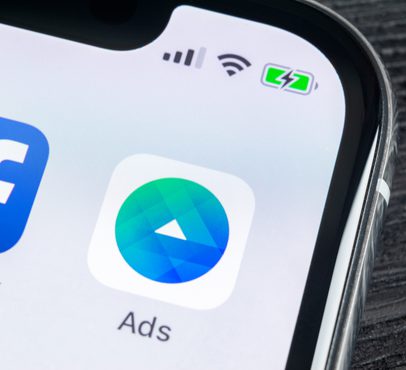
Design, Social Media
